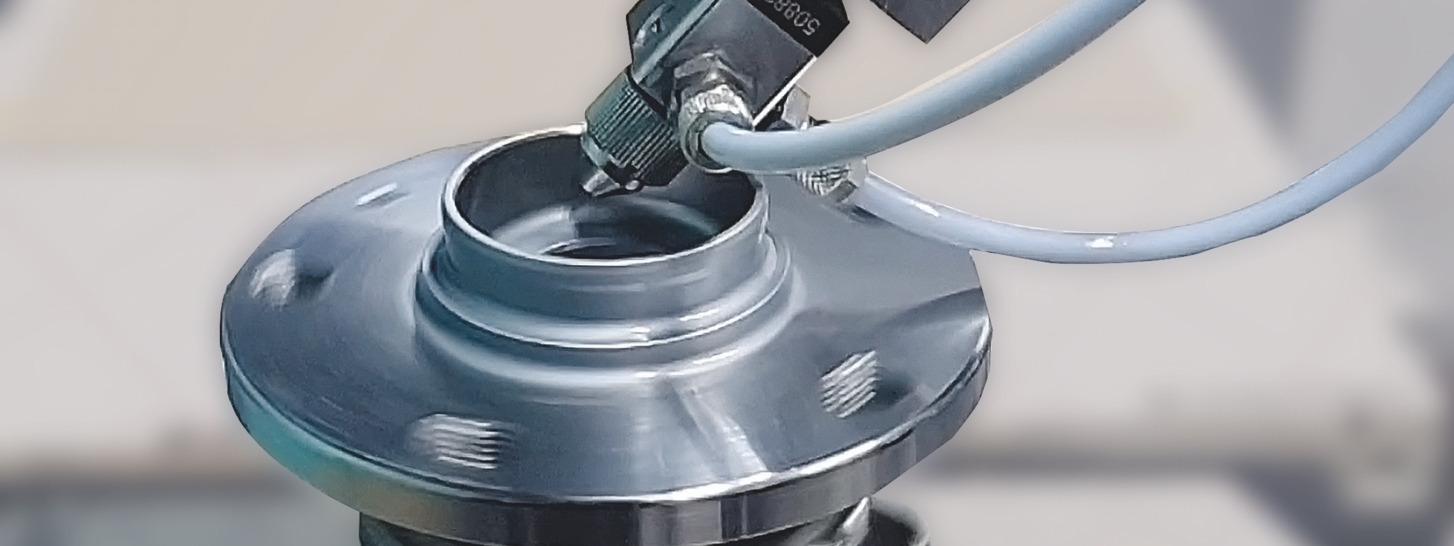he zinc flake material is fed from a compressed air-filled pressure tank through an automatic spray gun. These automatic spray guns are precision devices designed to atomize the coating with air passing through fine separate air intake channels and then further refined with high precision nozzles and air caps. Parts are coated with finely atomized zinc coating using as little as one bar of air pressure. A unique aspect of this procedure is that the material application has pulse control, which allows small quantities of coating in a small droplet size to be applied in a very thin film. This thin and even application is extremely important for the alignment of the material pigments that are critical for superior corrosion protection.
The challenge was to ensure that the material keeps its pigments in lamellar form when sprayed and does not block the automatic spray gun, while at the same time applied evenly and accurately to the various geometries at a coat thickness of just 10µm. We used experience gained from industrial dot application and line marking to create a new applicator developed specifically for this task.
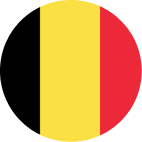 Belgium nederlands
Belgium nederlands Belgium français
Belgium français Canada english
Canada english Canada français
Canada français China chinese
China chinese Czech Republic čeština
Czech Republic čeština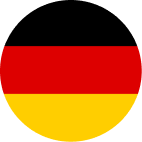 Deutschland deutsch
Deutschland deutsch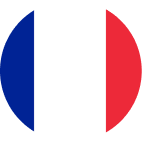 France français
France français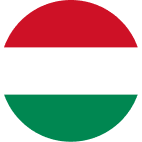 Hungary magyar
Hungary magyar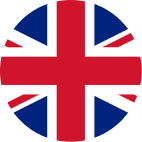 International english
International english Italy italiano
Italy italiano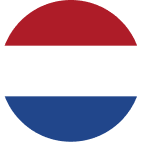 Netherlands nederlands
Netherlands nederlands Poland polski
Poland polski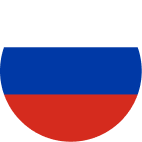 Russia русский
Russia русский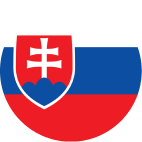 Slovakia slovenčina
Slovakia slovenčina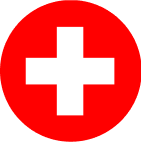 Switzerland français
Switzerland français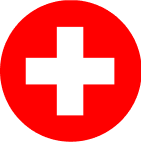 Switzerland deutsch
Switzerland deutsch Turkey Türkçe
Turkey Türkçe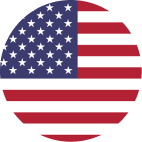 USA english
USA english